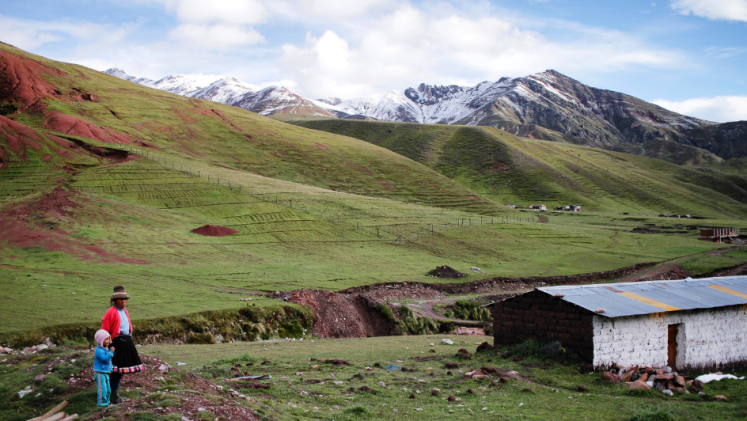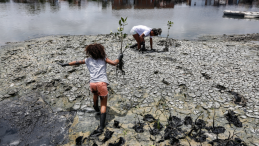Mountains present a multitude of risks in which elements of nature and societies meet and mix. Risks related to mountains are embedded in the specific natural, cultural, historical and socioeconomic contexts of mountains. Based on research of the Global Mountain Safeguard Research (GLOMOS) division at UNU-EHS, here are five insights on systemic risk reduction in mountains.
Addressing mountain-specific challenges is crucial for appropriate disaster risk reduction in mountains
Disaster risk reduction in mountains must recognize and integrate the challenges specific to mountain regions across all components of risk. Standardized, multi-hazard risk assessment approaches that can explicitly account for mountain-specific vulnerabilities and resilience are needed. Such approaches should address primary, secondary and cascading compound hazards as well as direct and indirect impacts.
Hazards can manifest locally, but can also impact lowland regions further away
Because of the interconnected nature of risks and socio-ecological factors in mountain systems, the way disaster risk is managed in mountain regions also has strong impacts on downstream areas. For instance, heavy rains or snowfall in upland areas may cause hazards such as flash floods in lower areas. Coordinated approaches across sectors and regions are essential for proper risk management.
Mitigating the human-induced increase of risks requires systemic change
The increased risks in mountain regions and their effects on people's lives and livelihoods are largely due to human actions and are intertwined with broader challenges like poverty and inequality. Taking a systemic approach means ensuring that climate change adaptation and disaster risk reduction are combined within the planning process for climate- and disaster resilient development at all decision-making levels.
Local knowledge is a valuable resource
On the road towards risk reduction and resilience, we need to tap into local knowledge systems and indigenous livelihood strategies capable of adapting to and mitigating risk exposure. Local knowledge on disaster risk, indigenous communities’ risk perception and existing risk preparedness measures are very relevant for adapted disaster risk reduction processes and policies.
People-centred, impact-based Multi-Hazard Early Warning Systems (MHEWS) save lives in mountainous regions
Community-based and gender-responsive systems especially enable mountain communities to act timely before a hazard materializes into a disaster. They have proven to be adequate lifelines. To be effective in disaster risk reduction and building resilience, MHEWS for mountain areas need to be designed to fit the unique conditions of these regions while putting the adverse impacts on people at the center.




